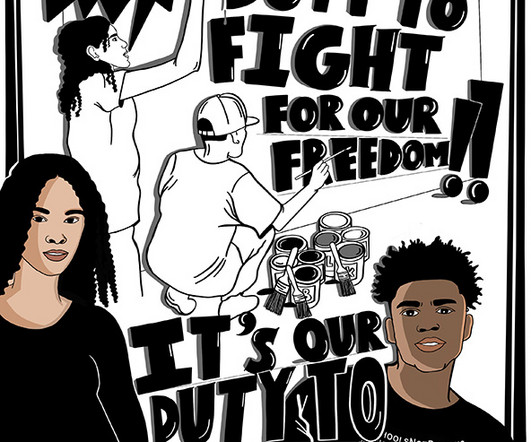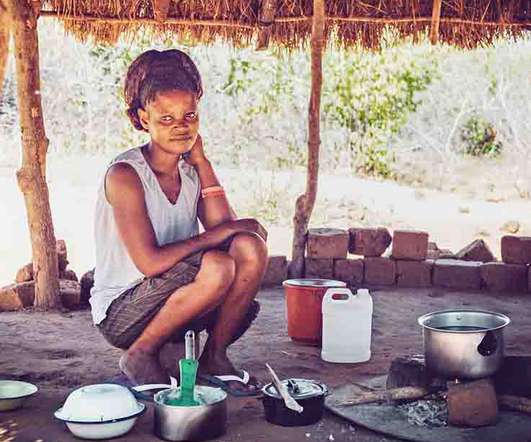Changing the Health System: A Community-Led Approach Rises in Rhode Island
NonProfit Quarterly
NOVEMBER 16, 2022
I was born in Cabo Verde (Cape Verde) and started working in public health there as a clinical psychologist. I was responsible for mental health in what was, at the time, one of the world’s poorest countries. There I was, talking to parents about lead poisoning, doing what we do so readily in public health: telling people what to do.













Let's personalize your content